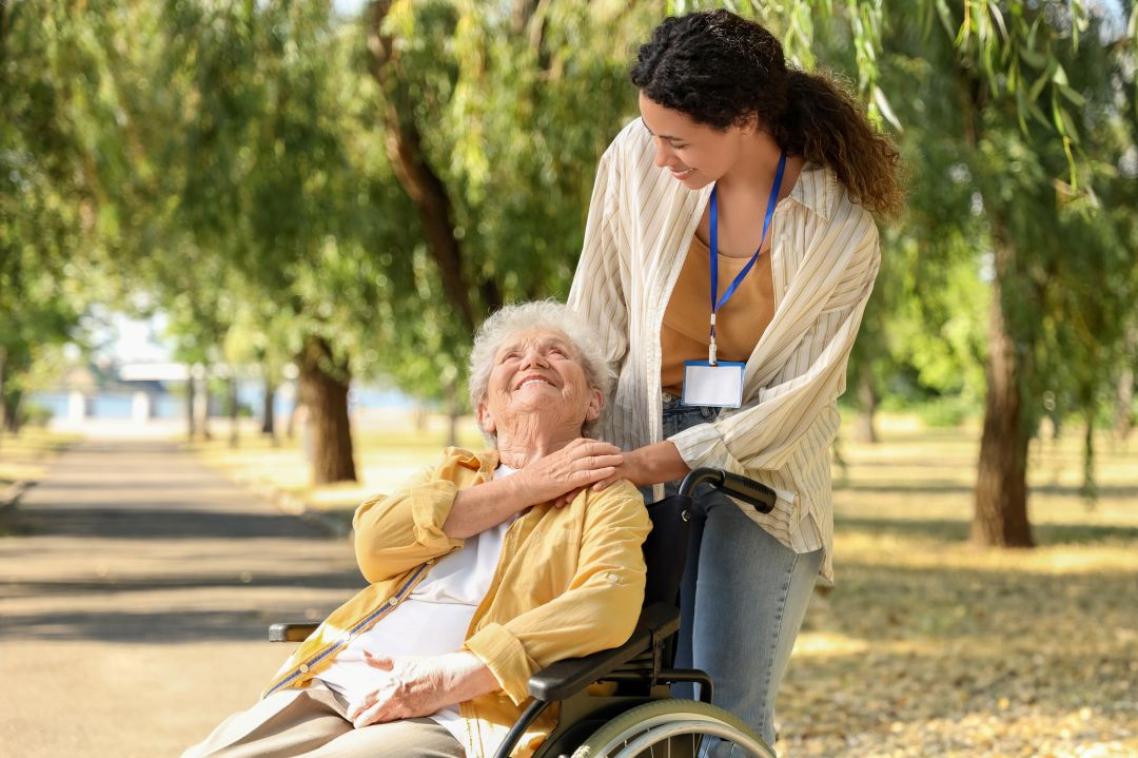Reporting the facts on Indigenous STIs

Young Aboriginal and Torres Strait Islander people are being discouraged from seeking medical help due to public assumptions that sexually transmissible infections (STIs) are the result of sexual abuse.
The University of Queensland’s Poche Centre for Indigenous Health, Director Professor James Ward said not all STIs in young people were the result of sexual abuse.
“This assumption discourages young people from presenting to health services for routine STI screenings for fear of investigation by authorities associated with mandatory reporting,” Professor Ward said.
“The median age for teenagers experiencing sex for the first time is around 16 years old for both Aboriginal and non-Indigenous Australians,” Professor Ward said.
“This means nearly half of all Australians engage in sex earlier than the legal age of consent, which is 16 years old in most jurisdictions,” he said.
“Therefore, young people living in non-remote areas are having sexual relationships too, but due to lower rates of infection, they may not encounter an STI at their first sexual relationship. It’s the diagnosis of these STIs which people are linking with child sexual abuse in the public discussion.”
Professor Ward and his colleagues have cited poorer health outcomes, underlying STI infection rates, social issues and inadequate access to health services as factors that increase the risk of STIs in remote Indigenous communities.
Professor Ward said while it’s not certain all STIs diagnosed before the age of 16 stemmed from consensual sexual relationships, the age of sexual debut and underlying prevalence of STIs in remote communities needed to be reported in context.
“Future public discussions should acknowledge these facts, and automatic assumptions that STIs are linked to child sexual abuse should be removed,” Professor Ward said.
“More transparent reporting on child sexual abuse, such as outlining the number of cases where there is to a two-year age difference, would correct the interpretation of data and enable targeted community education.
“It would be helpful if greater efforts were directed towards working in partnership with affected communities to deal with these important issues.”
Professor James Ward’s perspective is published in the Medical Journal of Australia. (DOI: 10.5694/mja2.50492).
Media: Professor James Ward, james.ward@uq.edu.au, Faculty of Medicine Communications, med.media@uq.edu.au, +61 7 3365 5133, +61 436 368 746.
Topics
Related articles

Australia needs doctors – so why are hundreds of qualified international physicians unable to work?

Greater attention needed on community service workforce
Media contact
UQ Communications
communications@uq.edu.au
+61 429 056 139
